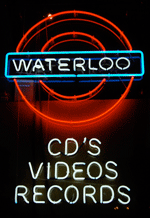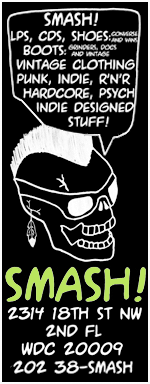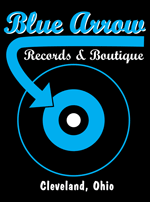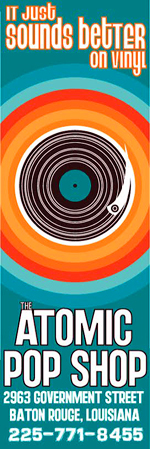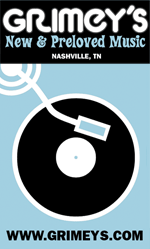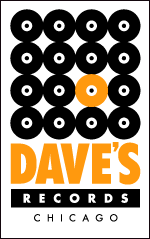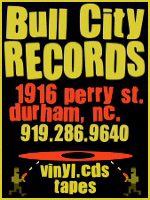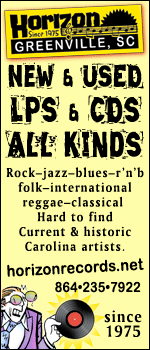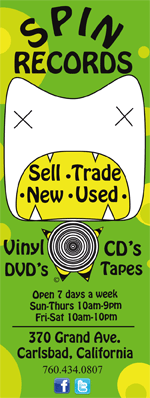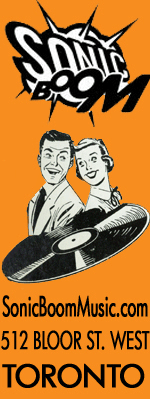
When it comes to pop music icons, they don’t come much more durable than Frank Sinatra. So it remains, as the singer has accumulated fans who weren’t even alive in 1998, the year of his passing at 82 years of age. And as an influential and revered figure, the majority of his artistic output (on record and on celluloid) is well-known; an exception is Watertown, the concept album he released in 1970 with the help of Bob Gaudio of the Four Seasons and Jake Holmes (the writer of “Dazed and Confused”). Don’tcha know it’s some folks’ favorite album by the guy? Deserving of reissue, it’s out now on LP with a new mix and on CD expanded with bonus tracks through UMe and Frank Sinatra Enterprises.
A pop icon, but also a pop idol in his youth, Frank Sinatra had the kids screaming. And one barometer of 20th century pop icon/idol status is that those on the list didn’t just cut records, they made movies. Bing Crosby, Frank, Elvis Presley, The Beatles (notably, the only band in the bunch), and Michael Jackson: they all interacted to varying extents with the film industry, as the careers of all but Jackson hit their high points in the pre-music video era (and Jackson was arguably the defining artist across the short heyday of music video).
The content of the above paragraph is the stuff books are made of, so let’s rein it in. The short of it; fans clamored to see these icons/idols on big screens, larger than life. What makes Sinatra somewhat unique is how he continued making films long after the screaming subsided, and in fact that’s where his most interesting movie work is located. Forget about the Rat Pack flicks, we’re talking Guys and Dolls (Joseph L. Mankiewicz, 1955), The Man With the Golden Arm (Otto Preminger, 1955), the sublime Some Came Running (Vincente Minnelli, 1958), and The Manchurian Candidate (John Frankenheimer, 1962).
Make no mistake, Sinatra also starred in some crap (more crap than gems, honestly), but what’s noteworthy here is that he was ever even inclined to make a handful of films possessing substantial artistic merit, a circumstance that also applies to his recording career circa 1970. A year earlier, he’d somewhat unexpectedly scored a hit with “My Way.” Instead of playing it safe, he took a risk with Watertown, though it’s fair to say that working with Gaudio and Holmes (the co-writers of the album) likely didn’t register as commercially precarious at the time.
But artistically shaky? The old head hooking up with some youngsters in hopes of harnessing something new is a recipe for disaster. Maybe Watertown’s strongest attribute is how it engages with more contemporary elements while steering clear of excess. For two instances; the use of electric bass (the first sound heard on the album in the title track) and string arrangements that lean into baroque pop (harpsichord helps) rather than simply falling back on standard easy listening tropes. Crucially, as Sinatra does his thing, it’s obvious he’s not just comfortable in this environment but is actively desirous of it.
Watertown was released in 1970, and it’s safe to say that for the vast majority of those born in 1970 or after, the music of Sinatra is an acquired taste. This is a significant observation here, as Watertown is very much a Sinatra album, with its ambition blooming from inside the singer’s comfort zone rather than bristling against it or expanding beyond it.
The main thing is that Sinatra was tired of singing the same old songs, night in-night out. This is the fascinating friction in entertainers (icons/idols) who’re saddled with the burden of artistic ambition. But Watertown isn’t an example of a musician creating in the midst of an artistic crisis. Those easy listening trappings aren’t abandoned but rather kept in check and tastefully rendered. Yes, there’s orchestral sweep, a whole lot of it in “Lady Day,” the Billie Holiday tribute bonus track first added to the 1994 CD reissue (note that it’s not included on the UMe/FSE LP edition), but it never registers as syrup.
There are no duds on Watertown and quite a few highs, starting out with the title cut, the relatively scaled-back “Goodbye,” the gorgeous “For a While,” the multifaceted “Michael and Peter,” and the absolutely gemlike “I Would Be in Love (Anyway)” (the record’s biggest success, a sizable hit on the easy listening chart). Well, that’s the whole of side one, and the flip doesn’t falter.
There’s an alternate universe where this record was a smash hit that ended up adapted into a wildly successful film (directed by who? George Roy Hill, maybe) that starred Sinatra and revitalized his film and recording careers while rescuing him from a slide into conservatism. But of course, Watertown is a byproduct of this world, where its existence connects like a minor miracle.
GRADED ON A CURVE:
A
















